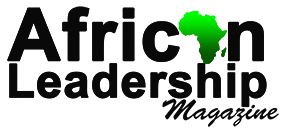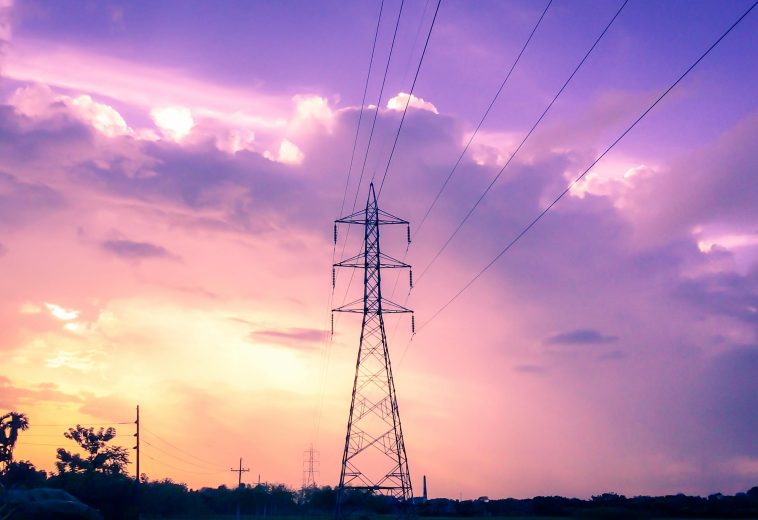In the global pursuit of advanced transportation solutions, high-speed mobility has revolutionised economies and societies. Nations such as China have developed extensive high-speed rail networks, exceeding 40,000 kilometres as of 2023, facilitating rapid urbanisation and economic integration. Similarly, European countries have interconnected cities through efficient rail systems, enhancing regional cohesion and commerce. These advancements have set international benchmarks for speed, efficiency and sustainability in transport infrastructure.
As global cities embrace electric mobility, smart public transport and rapid transit systems, Africa is no longer on the sidelines of this paradigm shift. Once viewed as lagging behind in transport modernisation, several African nations are now investing heavily in high-speed rail, electric mobility and urban aerial transport—signalling a decisive leap toward sustainable, inclusive and forward-looking mobility systems.
READ ALSO: Can Africa Leapfrog to a Sustainable Future with E-Mobility?
Morocco’s High-Speed Rail Ambitions
Morocco has emerged as a leader in Africa’s high-speed rail development. The Al Boraq service, inaugurated in 2018, connects Tangier and Casablanca via a 323-kilometre line, with trains reaching speeds of up to 320 km/h. This service has reduced travel time between the two cities from nearly five hours to just over two, significantly improving connectivity.
Building on this success, Morocco aims to extend the high-speed line by 2030, as part of a broader strategy to expand the network to 1,100 kilometres by 2040. This plan will connect 43 cities and integrate 87% of the population into the rail system. The project is expected to generate around 300,000 jobs and includes the procurement of 18 new high-speed trains from Alstom, valued at $3.7 billion.
Tanzania’s Standard Gauge Railway Project
In East Africa, Tanzania is advancing its Standard Gauge Railway (SGR) project to modernise its rail infrastructure. The SGR will link Dar es Salaam to Mwanza on Lake Victoria, spanning approximately 1,219 kilometres. Designed for speeds of up to 160 km/h, the railway aims to lower freight costs and strengthen regional trade.
As of 2024, key segments of the railway are operational, with full completion anticipated by 2026. This development positions Tanzania as a regional transport hub, facilitating smoother trade within the East African Community.
Ethiopia’s Addis Ababa–Djibouti Railway
Ethiopia, in partnership with Djibouti, inaugurated the Addis Ababa–Djibouti Railway in 2018. This 759-kilometre electrified line connects Ethiopia’s capital to the Port of Doraleh in Djibouti, providing a vital outlet for the landlocked country’s trade.
Operating at speeds of up to 120 km/h for freight and 160 km/h for passengers, the railway has cut travel time from three days by road to roughly 12 hours by train. With a projected capacity to handle 24.9 million tonnes of freight annually, the line plays a pivotal role in boosting trade logistics and regional integration.
Madagascar’s Antananarivo Cable Car Initiative
In June 2024, Madagascar inaugurated the first phase of the Antananarivo cable car system. Covering 12 kilometres and reaching heights over 50 metres, the system addresses chronic congestion in a city built for 300,000 residents but now accommodating more than 3 million.
With a capacity to transport up to 75,000 passengers daily, this €152 million project, executed by French firms Poma and Colas, offers an environmentally friendly alternative to traditional urban transport.
Electric Mobility in Kenya and Rwanda
Electric mobility is rapidly gaining traction in East Africa. In Kenya, the number of registered electric vehicles (EVs) soared from 475 units in 2022 to 3,753 by the end of 2023—a nearly eightfold increase. This surge is driven by government incentives such as reduced excise duties and the introduction of an e-mobility tariff.
Energy consumption by EVs rose from 29,097 kWh in July 2023 to 75,729 kWh in December, reflecting widespread adoption.
Rwanda is following a similar path. By December 2024, EVs surpassed 7,000 units. Supportive policies—including tax breaks and infrastructure development—have underpinned this growth. Companies like Ampersand and Volkswagen Rwanda have played critical roles in expanding the market, promoting job creation and reducing pollution.
Challenges and Opportunities
While these developments signal progress, challenges remain. Securing sufficient funding is a key obstacle, with projects like Morocco’s network expansion requiring major investment. Technological transfer and local capacity building are equally important to ensure long-term viability.
Policy coherence and regulatory support are also essential. Nonetheless, the opportunities far outweigh the hurdles. Improved mobility can stimulate economic growth, bolster environmental sustainability and enhance quality of life.
By embracing innovation and nurturing international partnerships, Africa is well-positioned to reshape its transportation landscape.
Africa’s leap into high-speed mobility marks a transformative era. Through ambitious rail projects, urban transport innovations and a shift toward electric mobility, the continent is confronting its transportation challenges with vision and vigour.
These initiatives not only improve connectivity but also support wider socio-economic development, charting a course toward a sustainable and prosperous future.




